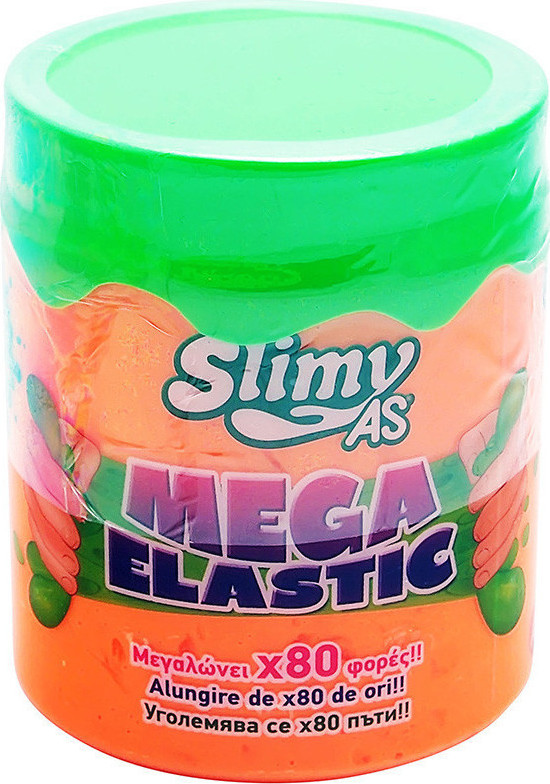

Although M-plasties decrease the length of a scar, they increase its width by adding a fork to the end. M-plasties can be added to either one or both ends of an incision to shorten a wound. Īdditionally, an M-plasty may be used to remove dog ears created by flaps.
ELASTY PLASTY SKIN
While M-plasty is typically employed in the closure of wounds resulting from excision of skin lesions, it is also helpful in the closure of full-thickness skin graft donor site defects.

The M-plasty technique is also applicable in the glabellar region when complete fusiform excision would extend the scar into the medial canthi, but an M-plasty can be used to branch the incisions into the upper and lower eyelids. This is also an ideal location for an M-plasty because the scar can be concealed within the crow’s feet. For example, an M-plasty can be used near the lateral canthus to remove a dog ear without disrupting the corner of the eye. This can be beneficial when longer incisions are contraindicated to avoid crossing cosmetic boundaries or extending into sensitive structures. This application of M-plasty may adversely impact the aesthetic acceptability of the final result.Īn M-plasty is a useful technique for shortening the expected final scar length of an excision. In some instances, an M-plasty may be used on the end of an incision to avoid crossing an aesthetic subunit boundary or violating an otherwise intact and uninvolved structure, albeit at the expense of adding a fork to the end of the incision. Īn M-plasty is an alternative to this technique and has the additional benefit of shortening the final wound length to conserve normal tissue. Typically, a Burow's triangle is taken at the end of the incision, increasing the scar's final length. A triangular piece of tissue, known as a Burow's triangle, can be removed anywhere along the length of the incision. For example, this technique will have a limited impact on short incisions or large dog ears. The most commonly employed surgical option to remove a dog ear is to excise the excess tissue directly. This approach may not work in all situations and is dependent upon the amount of excess tissue and the length of the wound. Many different techniques address dog ears. The primary non-excisional technique involves distributing the excess skin on one side of the incision evenly relative to the other side by placing sutures at larger intervals on the longer side of the incision relative to the shorter side.

Dog ears arise from the bunching of tissue when overly obtuse angles (>30 degrees) are used at the ends of surgical excisions. An M-plasty is an excisional technique used to remove standing cutaneous deformities, also known as dog ears, from the end of a linear wound repair.


 0 kommentar(er)
0 kommentar(er)
